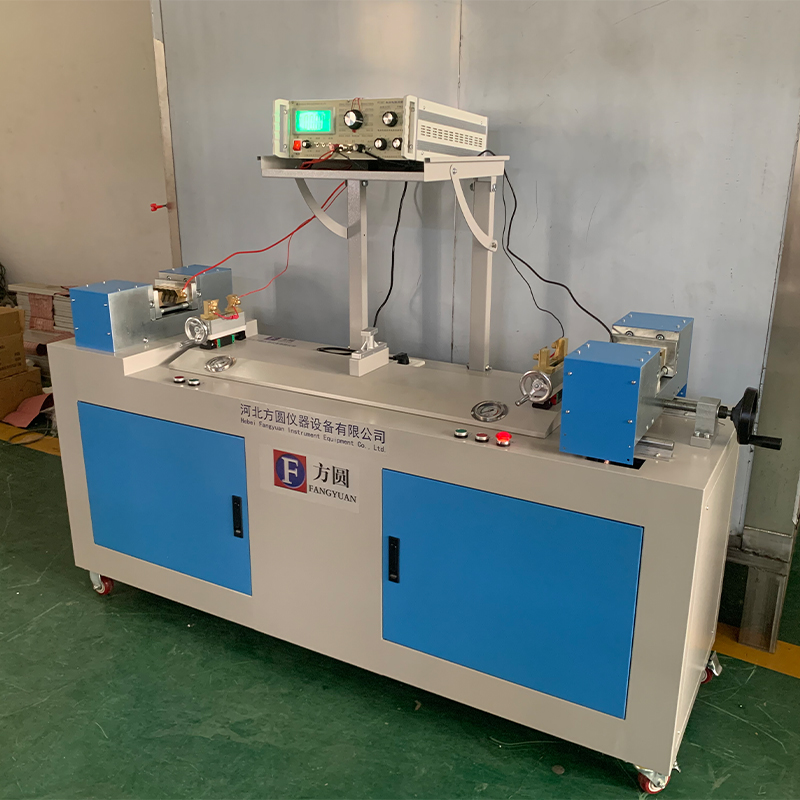High Performance Insulation Resistance Tester for Reliable Electrical Maintenance and Safety Testing
The Importance of High Insulation Resistance Testers in Electrical Safety
In the modern world, electrical systems are the backbone of our infrastructure, powering our homes, industries, and essential services. With this reliance on electricity comes the critical need for safety, particularly in preventing electrical failures and hazards. One of the key tools for ensuring electrical safety is the high insulation resistance tester, which plays a pivotal role in maintaining and verifying the integrity of electrical insulation.
Understanding Insulation Resistance
Insulation resistance refers to the ability of insulating materials to resist electrical leakage currents. It ensures that electrical power remains confined within the intended pathways, preventing dangerous faults that could lead to short circuits, electrocution, or fire hazards. The effectiveness of electrical insulation diminishes over time due to factors such as environmental conditions, mechanical wear, and aging of materials. Therefore, regular testing of insulation resistance is essential for both electrical safety and performance.
What is a High Insulation Resistance Tester?
A high insulation resistance tester, often referred to as an insulation tester or megger, is a specialized device designed to measure the insulation resistance of electrical components, equipment, and systems. It typically applies a high voltage (ranging from 50V to 1000V or more) to the insulation material, measuring the resistance offered. This allows technicians to determine whether an insulation system is functioning adequately and to identify potential failures before they become hazardous.
Key Features and Functions
High insulation resistance testers come equipped with various features that enhance their usability and effectiveness
1. High Voltage Testing These testers can generate high testing voltages, essential for simulating real-life operating conditions and ensuring that the insulation can withstand such stresses.
2. Digital Displays and Interfaces Many modern testers have digital readouts that provide clear and accurate resistance values. Some models also include data logging capabilities, allowing for easy tracking of results over time.
high insulation resistance tester

4. Safety Features High insulation resistance testers are often equipped with safety features such as over-voltage protection and automatic discharge circuits to prevent accidental shock.
5. Temperature Correction Some advanced models account for temperature variations in their readings, providing more accurate results under different environmental conditions.
Applications
The applications of high insulation resistance testers are vast and varied. They are commonly used in industries such as
- Electrical Utilities To ensure the insulation of power cables and distribution systems, which are critical for uninterrupted electricity supply.
- Manufacturing In the testing of motors, transformers, and other equipment to prevent failures that could lead to production downtime.
- Building Maintenance For assessing the safety of electrical systems in commercial and residential properties.
- Renewable Energy In solar energy systems, where insulation integrity is vital for operational safety and efficiency.
Conclusion
High insulation resistance testers are indispensable tools in the field of electrical safety and maintenance. By enabling regular and accurate testing of insulation integrity, these devices play a crucial role in preventing electrical failures, protecting both equipment and human lives. As technology advances, the capabilities of insulation testers continue to evolve, further enhancing the ability to maintain safe and reliable electrical systems. Investing in quality testing equipment is not just a regulatory requirement—it's a commitment to safety, efficiency, and sustainability in an increasingly electrified world.
-
Why the Conductor Resistance Constant Temperature Measurement Machine Redefines Precision
NewsJun.20,2025
-
Reliable Testing Starts Here: Why the High Insulation Resistance Measuring Instrument Is a Must-Have
NewsJun.20,2025
-
Flexible Cable Flexing Test Equipment: The Precision Standard for Cable Durability and Performance Testing
NewsJun.20,2025
-
Digital Measurement Projector: Precision Visualization for Modern Manufacturing
NewsJun.20,2025
-
Computer Control Electronic Tensile Tester: Precision and Power for the Modern Metal Industry
NewsJun.20,2025
-
Cable Spark Tester: Your Ultimate Insulation Assurance for Wire and Cable Testing
NewsJun.20,2025
 Copyright © 2025 Hebei Fangyuan Instrument & Equipment Co.,Ltd. All Rights Reserved. Sitemap | Privacy Policy
Copyright © 2025 Hebei Fangyuan Instrument & Equipment Co.,Ltd. All Rights Reserved. Sitemap | Privacy Policy
